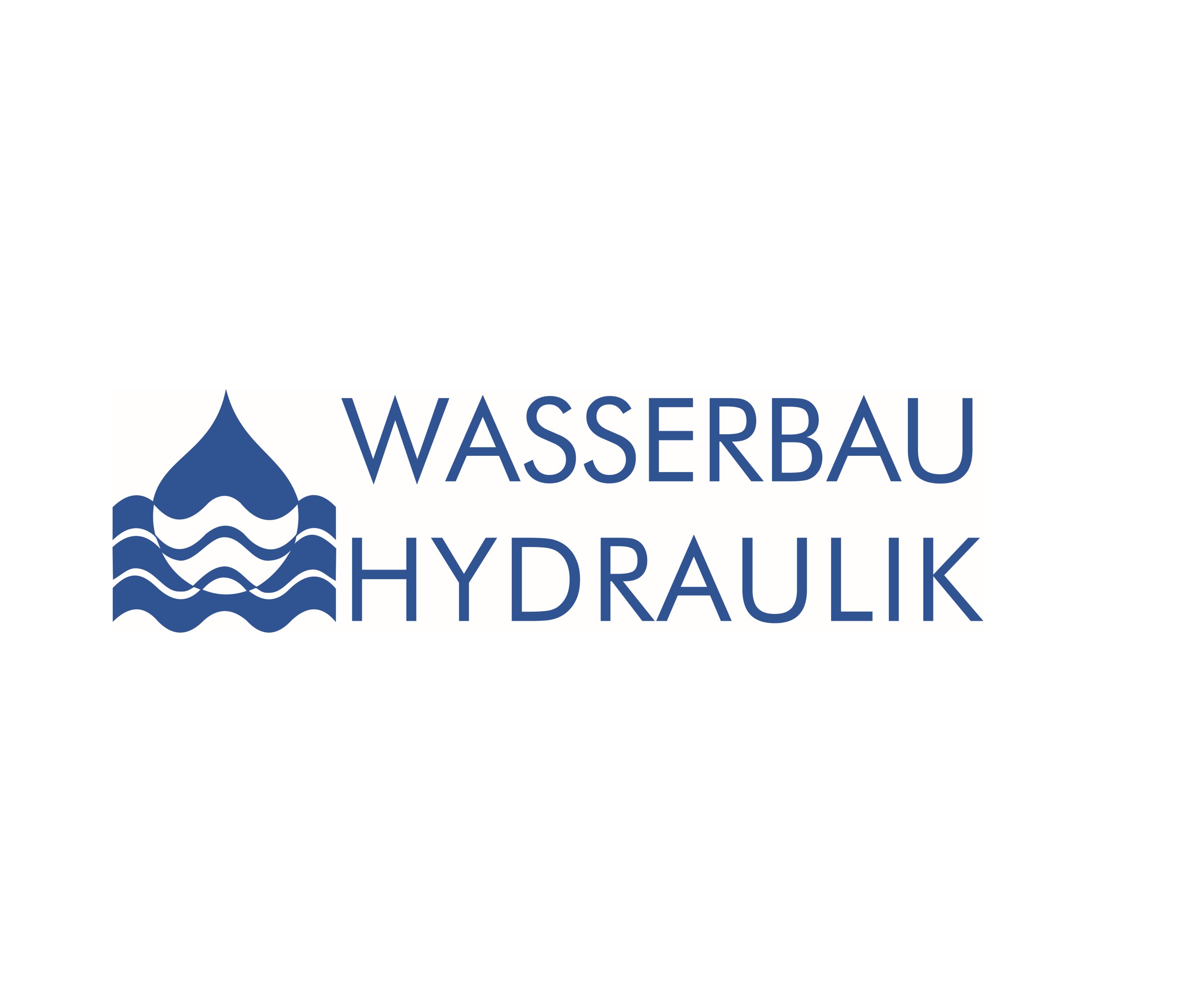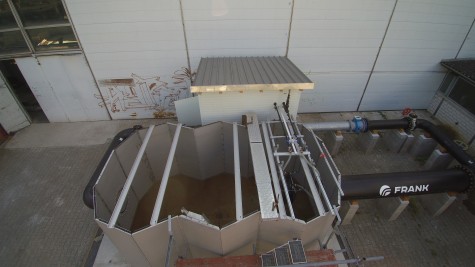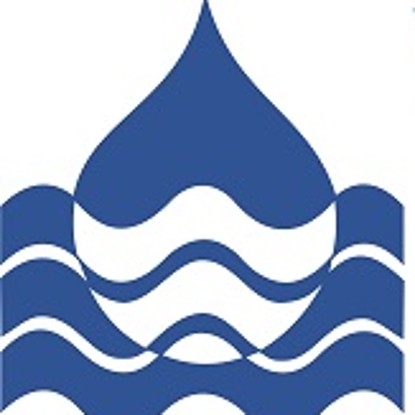Building heat and industrial process heat require more than 50 % of Germany´s final energy. Thus, the national climate targets can only be met and the energy turnaround successfully shaped with the help of a heat turnaround. While electrical energy is generated decentrally and distributed via the public power grid, the provision and supply of heating and cooling is always local. Heat pumps, which use environmental heat from immediate surroundings, are considered one of the key technologies for a successful heat transition. The raise the temperature to the desired level with little use of electricity and thus make free ambient heat usable. So far, the ground (geothermal energy) and the ambient air (aerothermal energy) have established themselves as environmental heat sources.
But heat from water (hydrothermics) also holds great potential. Since water has a higher heat capacity (about 4.2 kJ/kg K) compares to almost all common substances, it can absorb or release considerably more heat. Through the hydrothermal use of flowing water, the tapped heat source constantly regenerates itself through continuous flow. In contrast, the deep water in stratified lakes almost always has a temperature of at least 4 °C in winter.
If surface water is to be used for heating purposes, the water can be extracted from the body of water and used for thermal purposes directly at the consumer. On the other hand, by using a heat exchanger in the body of water, it is also possible to extract the heat directly from the body of water and leave the water in situ.
The aim of the heat flow investigations at the Department of Hydraulic Engineering is to design such heat exchangers as efficiently and practicably as possible. For this purpose, an experimental and test stand was built in the outdoor area of the hydraulic engineering research laboratory, where both flow and thermal engineering tests can be carried out on various heat.
The construction of the experimental and test stand was carried out with the support of:
As part of the BMWi funding program “Central Innovation Program for SMEs”, investigations are being carried out together with the plastic pipe system manufacturer FRANK into a modular heat exchanger (WärmeEnergieTauscher) are taking place. The department is also involved in monitoring heat exchangers already in use at the Kranzmühle (Wetter) and Stümpelsche Mühle (Pader) sites. In the future, the department will accompany the planned hydrothermal heat supply of a village with about 400 inhabitants from the White Elster in Thuringia. Furthermore, the sustainable use of lake heat and the anticipation of climate changes on heat extraction will be investigated. This is done in the context of the planned new building quarter “Wohnen am See” at Kastanienallee Darmstadt. In addition to experimental studies on the test stand and monitoring in practice, heat engineering studies should also be possible in the future via numerical simulations, which is currently being initiated in a cooperative project with the computer science department “Scientific Computing”.










